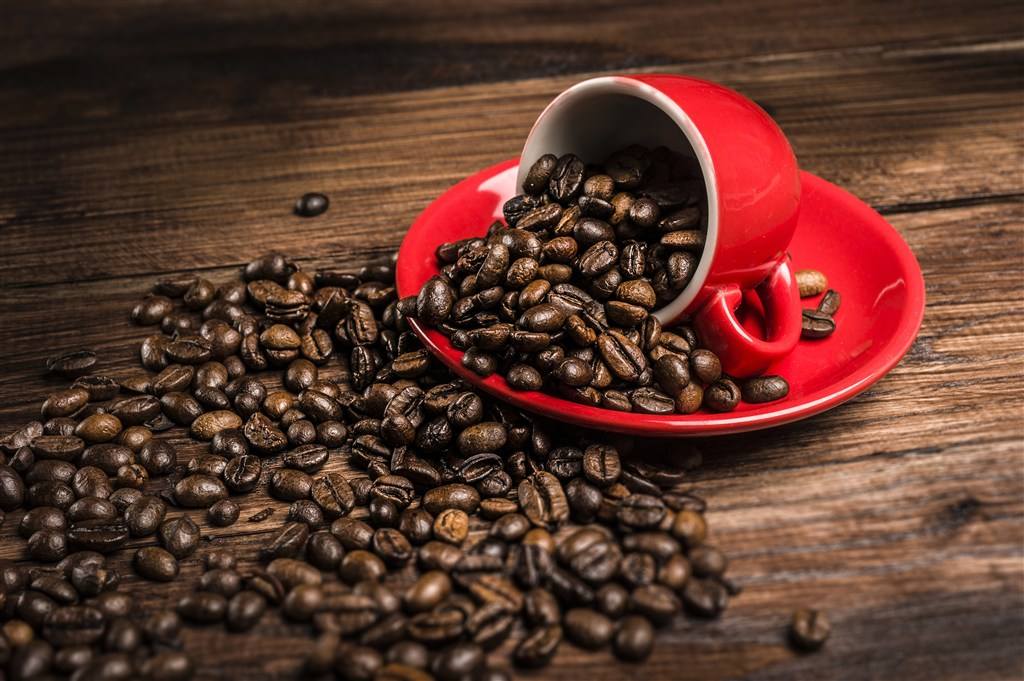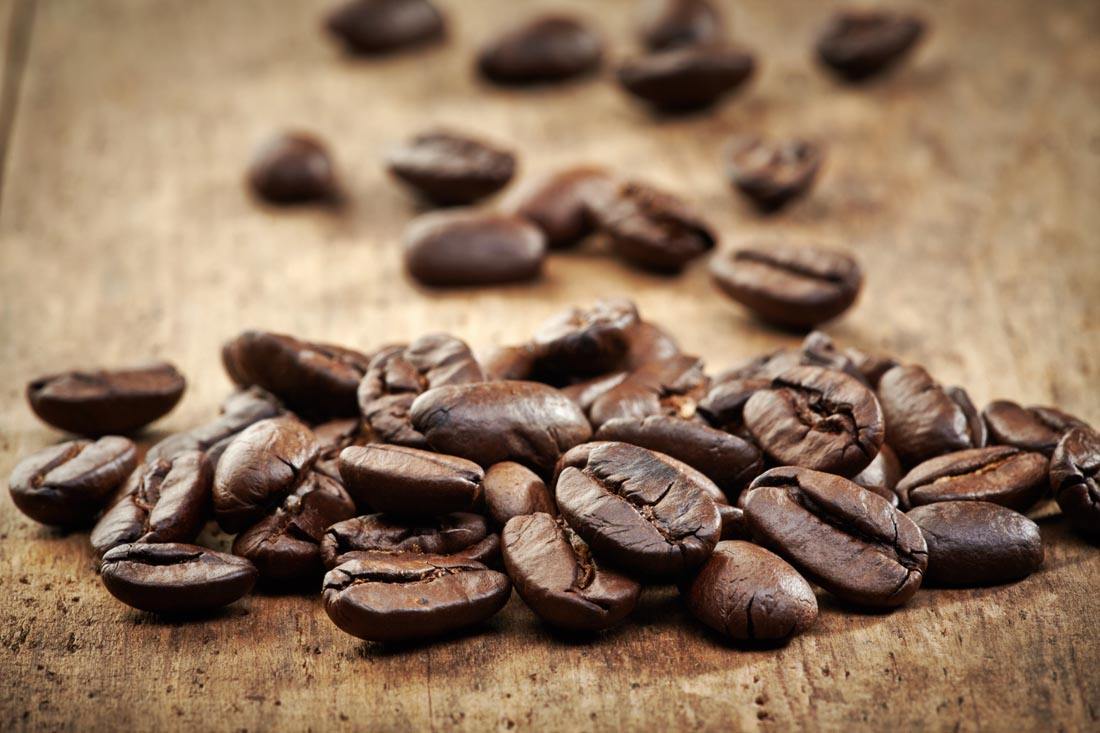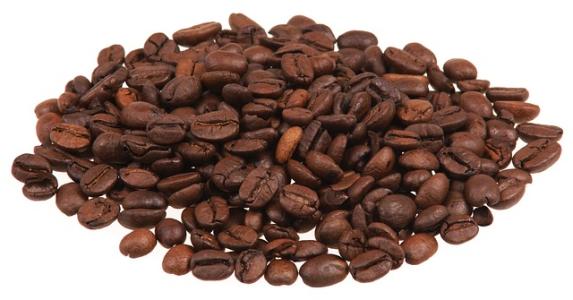Brief introduction of Kenyan Jinchu Coffee, how to brew Kenyan Jinchu
Follow the caf é (Wechat official account vdailycom) and found that Beautiful Cafe opened a small shop of its own.
Kenya AA coffee beans are adjacent to Ethiopia, the origin of Arabica coffee trees in the north of Kenya, but it was not until the beginning of the 20th century that they began to engage in coffee cultivation. In the 19th century, missionaries introduced Arabica trees from the leaves, but did not plant them in large quantities. It was not until 1893 that coffee was cultivated on a large scale after the introduction of Brazil's ancient "bourbon" coffee seeds. In other words, the current Kenyan coffee is of Brazilian origin. Due to the difference in water, climate and handling methods, the Kenyan and Brazilian bean flavors are fragrant, rich and fruity, and the taste is rich and perfect. Kenyan coffee has a wonderful fruit flavor, tastes like BlackBerry and grapefruit, and is a favorite of many coffee gluttons. This coffee has an excellent medium purity, crisp and refreshing taste. It has a fresh flavor and is most suitable for drinking iced coffee in summer. When tasting this coffee, if it is paired with sour fruits such as grapefruit, it will certainly give me the best coffee experience. "not much like coffee, but a bit like fruit tea" is the common feeling of many people about this kind of shallow roasted Kenyan coffee.

Large farms usually have independent treatment facilities. A large number of small farmers usually pick ripe coffee fruits by hand. Coffee picking is a labor-intensive job that requires the whole family to deploy and even hire workers during the harvest season. The fresh fruit of the picked coffee needs to be delivered in time to the cooperative-owned coffee processing plant for pulping, which may be carried by ox carts, pick-up trucks or trucks. After peeling, Parchmentcoffee is briefly kept in co-operative processing plants and sent to privately owned factories for shelling. Kenya's coffee-growing areas are mainly concentrated in the highlands represented by Mount Mt.Kenya. Tropical climate, acid red volcanic soil provides a natural and suitable growth environment for coffee. The seven largest producing areas are most famous, including Nieri, Sika, Chiambu, Geliniya, Ruiru, Mulanga and the western side of Mount Kenya. The main producing areas, such as Nyeri and Ruiru in the middle of the country, were first brought to Kenya to grow Bourbon bourbon. In the 1950s, the then agricultural research institution ScottLaboratory selected two excellent hybrids, SL-28 and SL-34, through unremitting efforts. It subverts the long-standing prejudice that artificial breeding is not superior to natural varieties.
Aromatic, full-bodied, with fruit flavor, taste rich and perfect. Kenyan coffee has a wonderful fruit flavor, tastes like BlackBerry and grapefruit, and is a favorite of many coffee gluttons. This coffee has an excellent medium purity, crisp and refreshing taste. It has a fresh flavor and is most suitable for drinking iced coffee in summer. When tasting this coffee, if it is paired with sour fruits such as grapefruit, it will certainly give me the best coffee experience. "not much like coffee, but a bit like fruit tea" is the common feeling of many people about this kind of shallow roasted Kenyan coffee.
SL-28 and SL-34 help Kenyan coffee to form its own unique flavor characteristics and establish a perfect reputation in the coffee industry. Although the yield of SL28 was not as high as expected the copper leaf color and broad bean-shaped beans have great sweetness balance and complex flavor as well as significant citrus and black plum characteristics. SL34 is similar to SL28 in flavor, with a heavier, fuller and cleaner finish than SL28, except for the complex acidity and great sweetness of the finish. SL34 has French missionaries, bourbon, and more Tibica ancestry. Dou looks similar to SL28, but is more adaptable to sudden heavy rain. It is these two important varieties that lead us to the unique Kenyan style: strong acidity, rich taste and beautiful balance.
How to brew the Jinchu Valley in Kenya
1. Prepare boiling water
Estimate and boil the water to be used in advance, including the amount of flushing utensils.
two。 Wet filter paper
Rinse the hot water evenly on the filter paper, make it all wet, stick it tightly to the filter cup, and then pour out the hot water in the sharing pot. This step will restore the pure taste of coffee.
3. Prepare coffee powder
Next, prepare the right amount of coffee powder. Pour the ground coffee powder into the filter cup and gently pat flat. Usually fine ground coffee powder looks a lot like the texture of granulated sugar. Please prepare every 2 tablespoons of freshly ground coffee powder with 6 ounces of hot water.
4. Brewing and extraction
Pour the freshly boiled hot water evenly on the coffee powder and stop for 10 seconds when the amount of water reaches half of the filter paper, so that the coffee powder expands after fully absorbing water. The fresher the coffee powder, the bigger the expansion, the more it can stimulate the taste of the coffee.
5. Complete the brewing
Slowly pour in the rest of the water, and to keep the flow steady, you can draw a concentric circle in one direction to inject water to the outside of the coffee powder. Please enjoy it as soon as possible after brewing.
Tips
It is recommended to use a timer when pouring water by hand. Generally speaking, the best brewing time for a cup of coffee is 3 minutes.
Important Notice :
前街咖啡 FrontStreet Coffee has moved to new addredd:
FrontStreet Coffee Address: 315,Donghua East Road,GuangZhou
Tel:020 38364473
- Prev

Mexican coffee producing areas, what are the specialties of Mexico?
Following caf é (Wechat official account vdailycom) found that Beautiful Cafe opened a small shop of its own. Due to geographical and climatic reasons, the coffee growing area of Mexico is close to Guatemala, and the production classification is Central American type. The main producing areas are: Kolabegu, O'Aluca states, most of the products are water-washed beans produced in the highlands, with good aromatic and sour taste, according to the grade.
- Next

How to make Rose Summer Coffee in Panama
Following Cafe Review (Wechat official account vdailycom) found that Beautiful Cafe opened a small shop of its own. How do you make Rose Summer Coffee in Panama? First to the beans do not worry to drink, first look at the baking date, generally baking date about a week or so taste the best, mine is 21 baked, 23 to, I can not wait to drink after two days, the first day taste light, fragrance
Related
- Detailed explanation of Jadeite planting Land in Panamanian Jadeite Manor introduction to the grading system of Jadeite competitive bidding, Red bid, Green bid and Rose Summer
- Story of Coffee planting in Brenka region of Costa Rica Stonehenge Manor anaerobic heavy honey treatment of flavor mouth
- What's on the barrel of Blue Mountain Coffee beans?
- Can American coffee also pull flowers? How to use hot American style to pull out a good-looking pattern?
- Can you make a cold extract with coffee beans? What is the right proportion for cold-extracted coffee formula?
- Indonesian PWN Gold Mandrine Coffee Origin Features Flavor How to Chong? Mandolin coffee is American.
- A brief introduction to the flavor characteristics of Brazilian yellow bourbon coffee beans
- What is the effect of different water quality on the flavor of cold-extracted coffee? What kind of water is best for brewing coffee?
- Why do you think of Rose Summer whenever you mention Panamanian coffee?
- Introduction to the characteristics of authentic blue mountain coffee bean producing areas? What is the CIB Coffee Authority in Jamaica?

